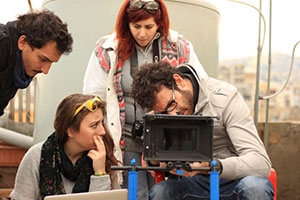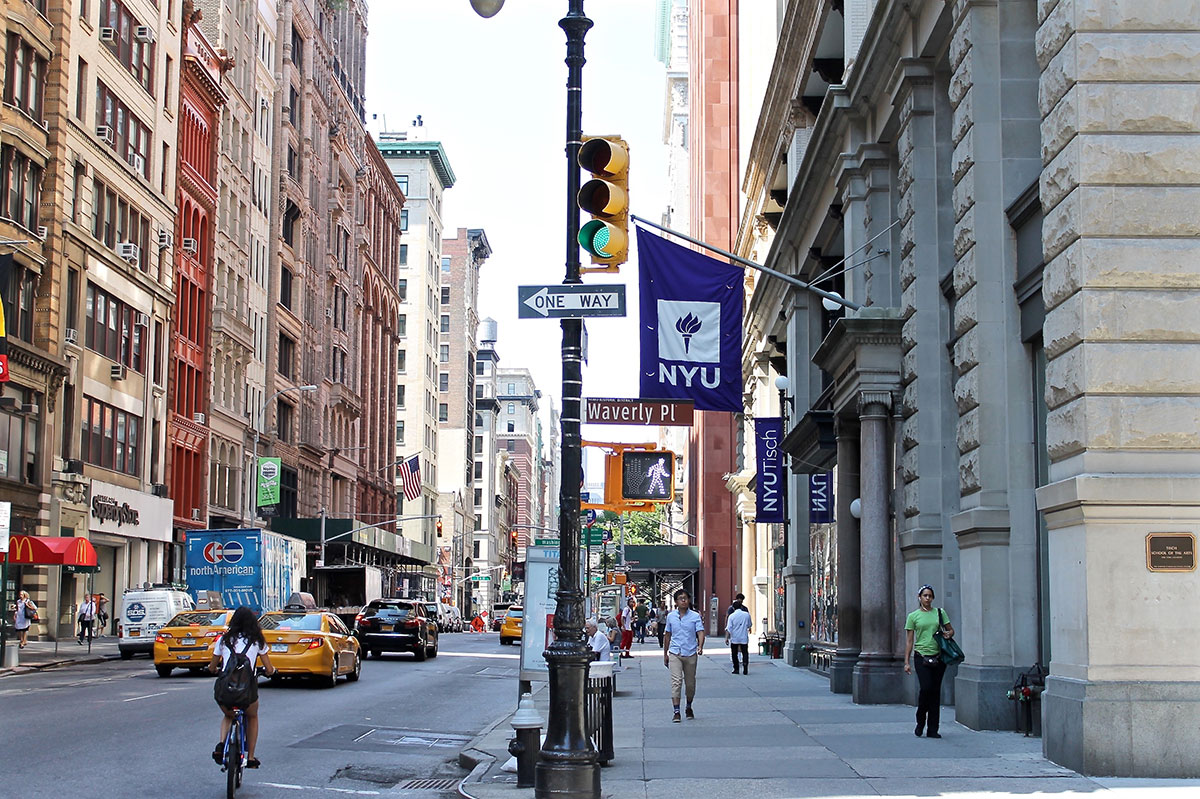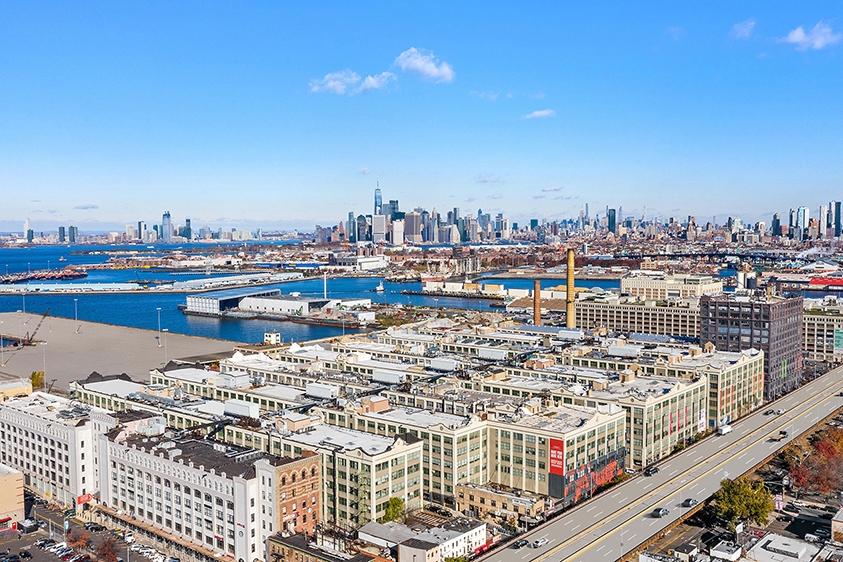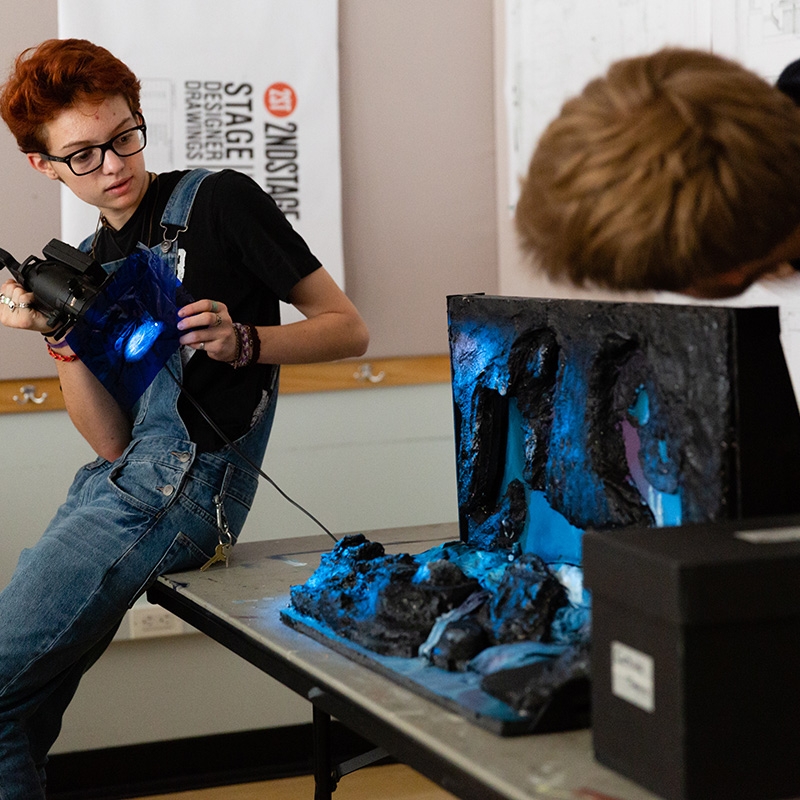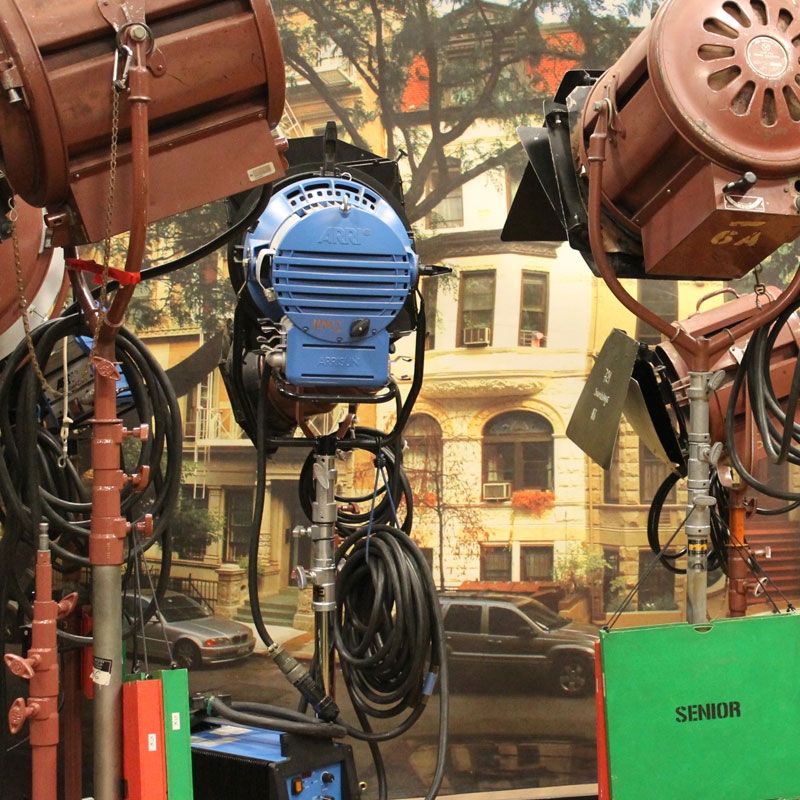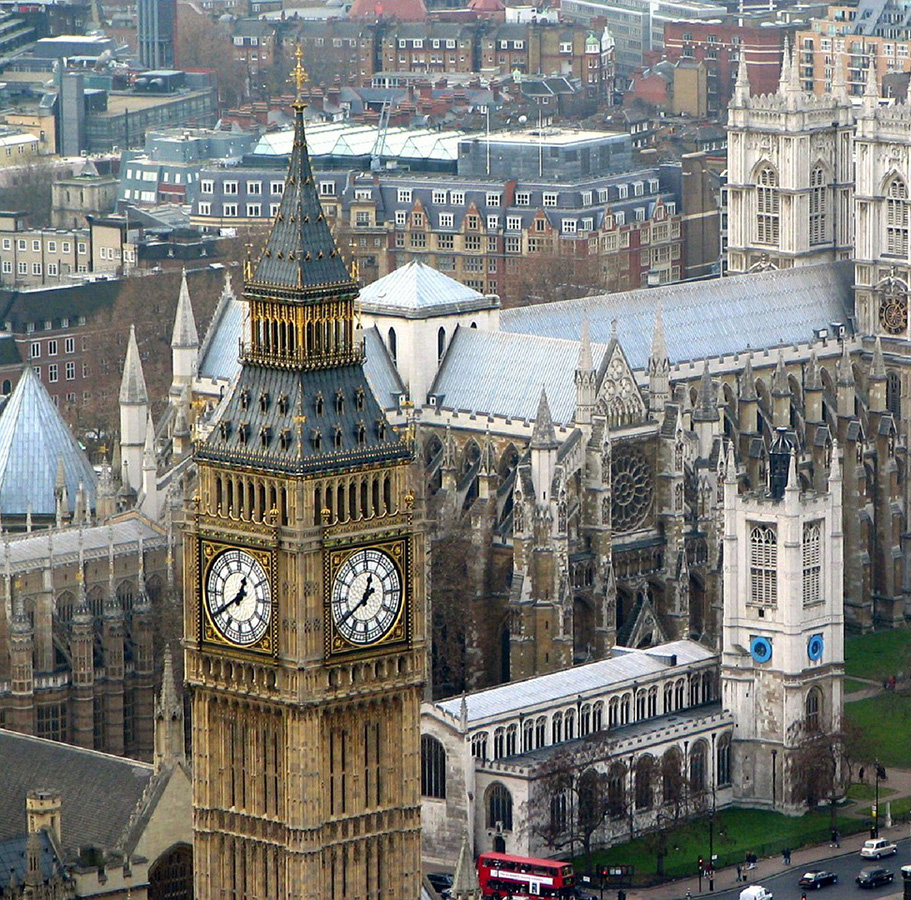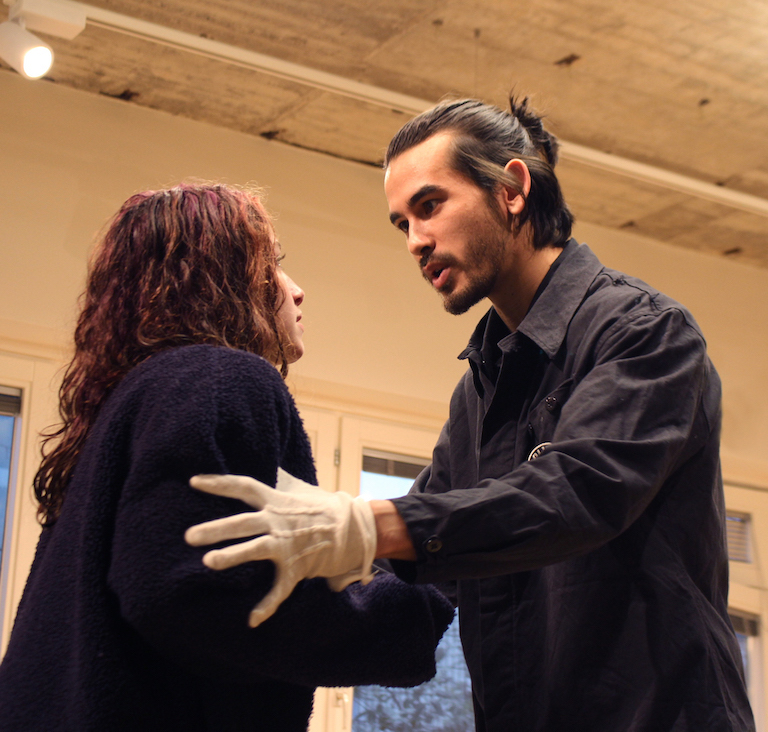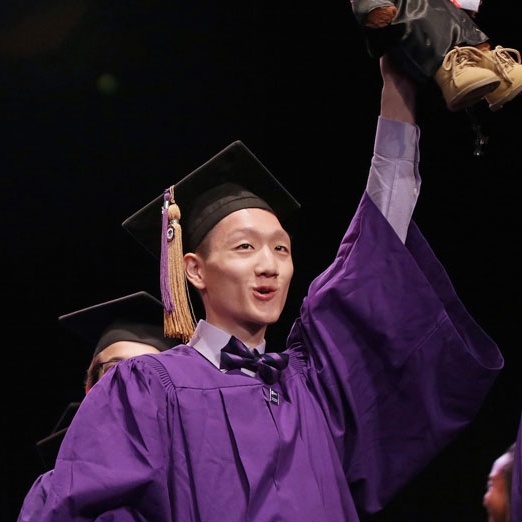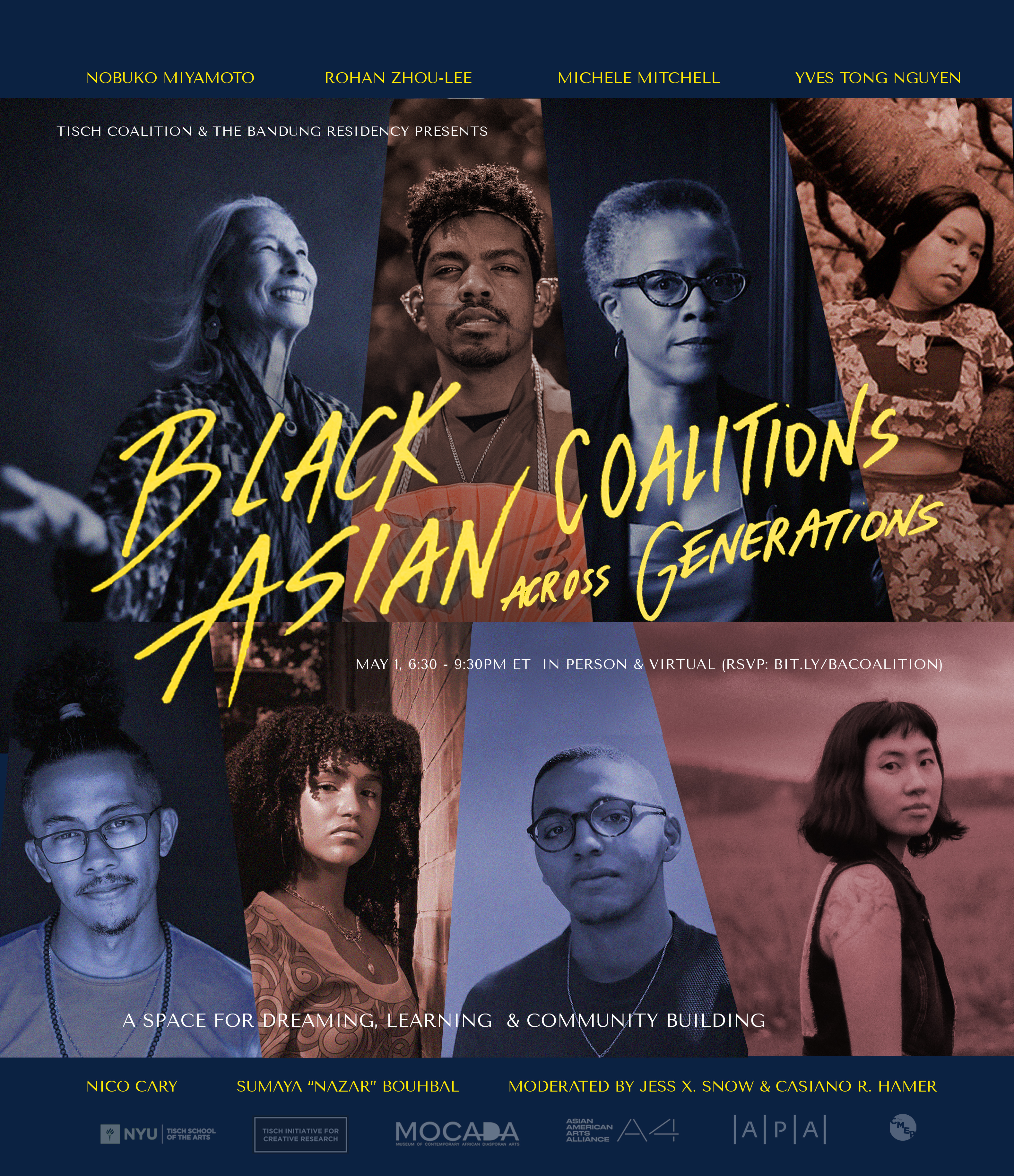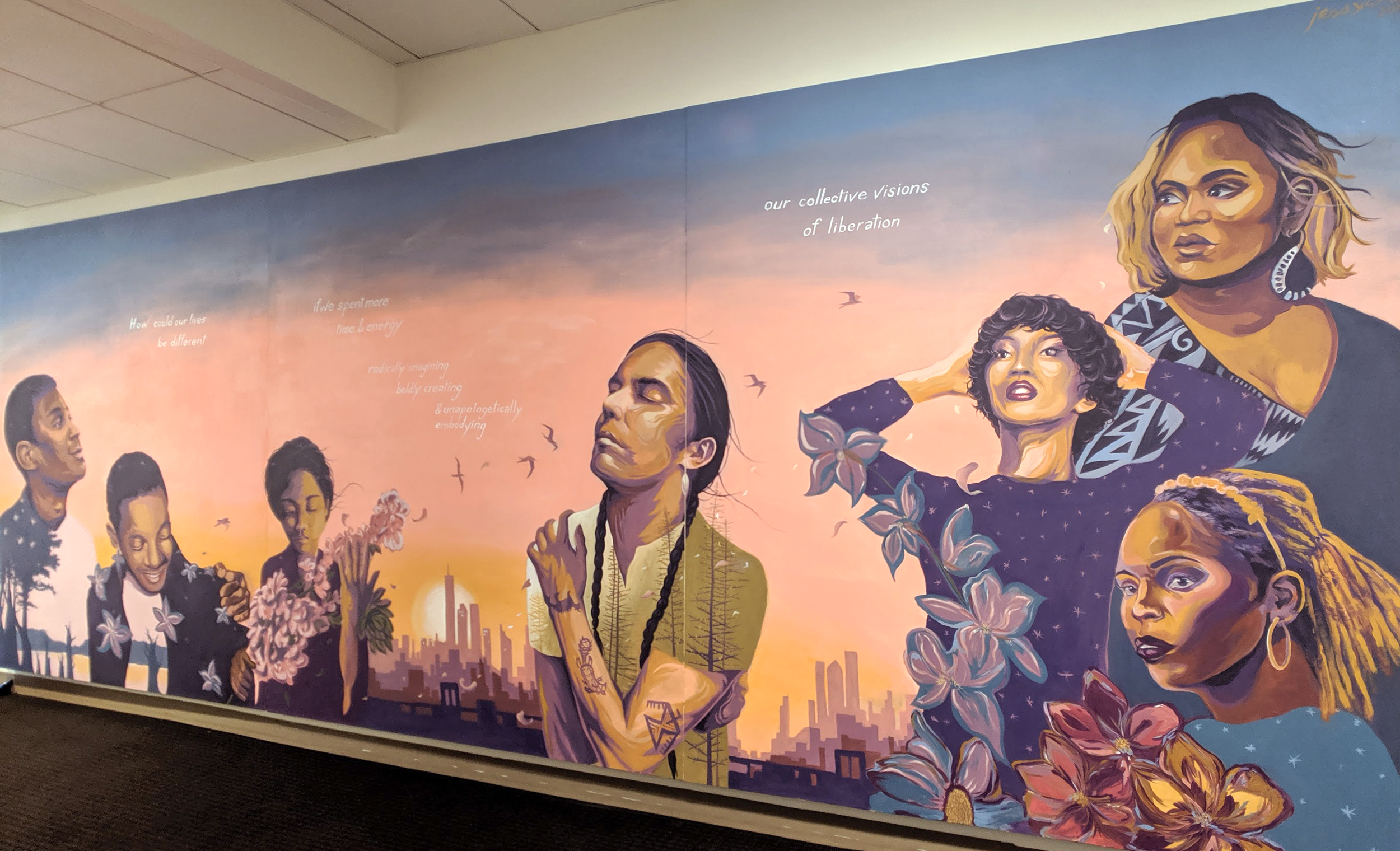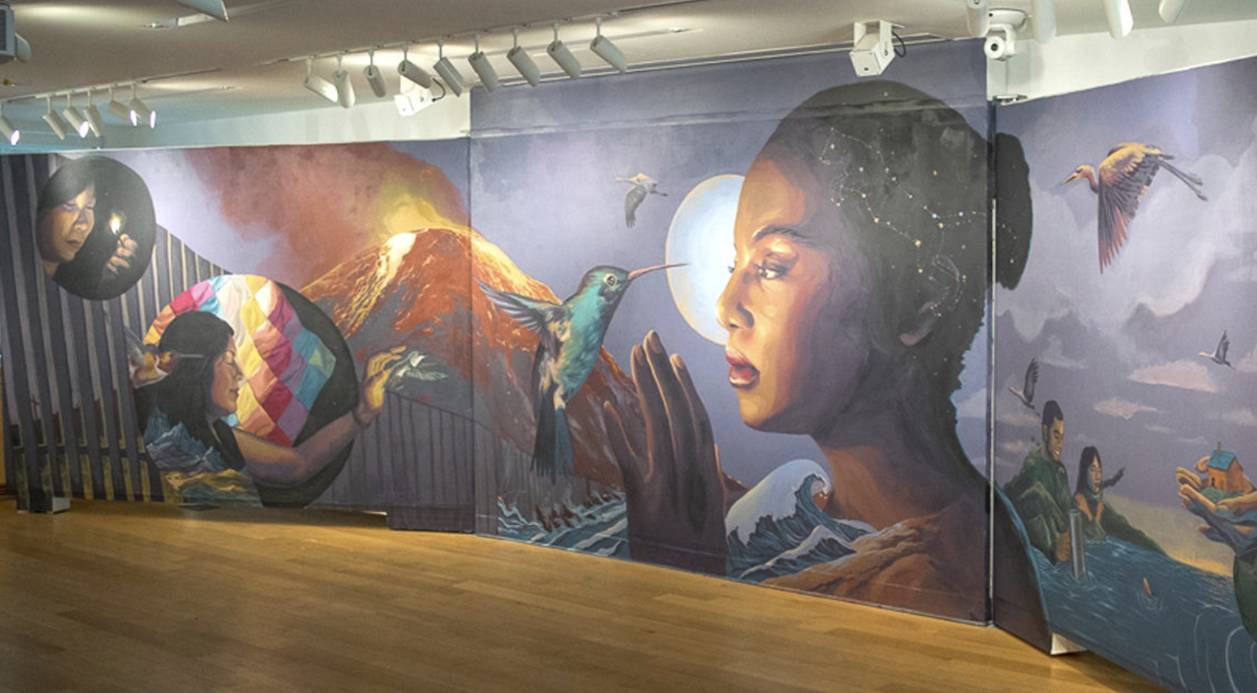Black Asian Coalitions Across Generations is a two day exploration of how artistic and organizing practices have bonded the Black and Asian American community and inspire their mutual collaboration, coalition-building, and liberation. In the midst of ongoing historical and contemporary racialized violence that impacts & divides both communities, this event celebrates and imagines the films, arts, and political organizing emerging from the union of these two communities.
Curated and Moderated by: Jess X. Snow and Casiano Hamer
The following Q&A with Jess X. Snow took place after the Black Asian Coalitions Across Generations event:
What does “community” mean to you and how do you center this in your art making and workshops?
One of my recent inspirations is Ruth Wilson Gilmore, who said something along the lines of - “noticing and observing movements is a key part of organizing and revolutionary work.” Being strong observers and exercising our capacity to be compassionate listeners is the heart of community work. While I do engage with East Asian and queer immigrant communities, I also engage with communities that I'm not from. A lot of my work involves working directly with Black, Indigenous and pan-Asian communities and thinking about ways to build solidarity with them. Only through the long-term work of listening and observing may we create a space where we can all collectively dream together as our full selves. This kind of work requires a lot of time and takes a lot of exposure to these communities. My work tries to depart from a focus on the individual, on identity and representation alone. Instead, I aspire toward a shared vision for a future that decenters the individual and moves toward collective care. It’s important to ask: what are the goals and visions that we all share? And then use art to come together around that vision.
What advice would you give to artists at Tisch who are interested in using their work to support social justice movements, particularly those related to climate change and environmental justice?
I encourage Tisch artists to go outside of their comfort zone and take advantage of all the abundant resources at NYU outside of Tisch, which all deepened and inspired my artistic practice and my political journey toward climate justice. The Asian Pacific American Institute has been a community home for me, especially when I was their Artist In Residence in Fall 2021. Not only do they support a large breadth of APIA (Asian Pacific Islander American) scholars, artists, and activists, but they also uplift many Indigenous and Pacific Islander voices that are leaders in the global environmental justice movement. Check out their current outdoor exhibit at the Schwartz Plaza Vitrines: KŪKULU: Pillars Standing Together, co-curated by Native Hawaiian cultural workers; Pua Case and Lehuanani DeFranco that honors the pillars of Mauna Kea and the community that stands for the protection of the tallest mountain (from the ocean floor) in the world.
Recently, I learned about the amazing work being done at the Center for Latin American and Caribbean Studies, who recently hosted Miradas Desde el Origen de la Madre Tierra - Cine Para la Resistencia, a showcase of Indigenous films from Central and Latin America.
Through the Sloan Production Award for Science in Film, I was advised by Sonali McDermid and Becca Franks, both scientists and professors in the Department of Environmental Studies at the College of Arts & Sciences. They advised me on my short and feature scripts about botany, climate change and species extinction in Asia, and expanded my mind by introducing me to concepts such as multispecies justice. I’ve met a lot of incredible, inspiring people and collaborators who I wouldn’t have been exposed to without exploring NYU outside of Tisch.
I’ve also learned that there's amazing organizing in New York City’s non-academic spaces, such as The Lenape Center, Mayday Space, Mil Mundos Bookstore and The Peoples Forum. I spent time engaging with these community centers, learning from people’s lived experiences, and exposing myself to the Pacific Islander, Coastal and Indigenous communities - those who’ve been impacted most by climate change. Through that engagement, I learned how to create pieces of art that could better contribute to ending the climate crisis. There is a constellation of global voices, collectively moving towards the same goal: to protect the Earth for future generations. I’ve learned in the climate movement, it’s important to work in collaboration with people who are most impacted by climate change, Indigenous communities, Pacific Islanders or communities in the Global South. They use ancestral knowledge and understand how to protect their oceans, lands, mountains and animals. I would suggest listening to their specific asks for support and mutual aid, and amplifying the leadership of those who have been at the forefront of the climate movement.
Can you tell us about your experience working with marginalized communities, immigrant teens, elders, and formerly incarcerated women? How has your experience influenced your artistic practice?
I am non-binary and queer, and an Asian immigrant myself, so I do identify as being from a marginalized community. I think that that helps me build relationships and discover shared commonality with other groups. I love doing projects that bring youth and elders into the same space because elders have a lived experience of what a whole generation before us has observed. Youth are also the voice of the future, and there is a synergistic magic that can happen when elders and youth come together, aligned toward a shared vision.
I think it's important for me to continue to deepen my own understanding of my own positionality within each community. I am marginalized, but not in the same ways that some of the other folks I work with are, so there are blind spots and inevitably, misunderstandings will occur. I do think that a really important part of this work is patience and willingness to learn. We will make mistakes and have moments of failure, but we learn so much more through taking risks than we would otherwise.
This capitalist world wants us to silo our communities so we don't know how to work together, to work with people who don’t look like us. Building coalitions amongst people with different political backgrounds and ethnicities is one of the strongest things that we can do to build better worlds for future generations.
I’ve led poetry workshops with mothers who were formerly incarcerated, and their stories illustrated what each of them imagined freedom to look like. Recently, I was a part of a campaign called “Bail Out Black Mothers,” which brought artists together to create art informed by the experiences of incarcerated Black women; the profits went directly towards their bail funds. In such projects, my job is more like a translator. I like navigating projects where I have more space to be creative, artistic projects that allow me to translate the voice of the community represented.
Can you tell us more about some of your current projects and how they relate to your broader mission?
I'm working with a New Haven-based group, Intergenerational Abolition Project. We're designing a local community mural and website to honor the life and work of Ruth Wilson Gilmore, a prison abolitionist and professor of geography and earth sciences at CUNY.
I'm also finishing post-production on my thesis film, Roots That Reach Toward The Sky (2023), which is an intergenerational, narrative short about a Chinese herbal medicine shop that gets vandalized during the pandemic’s rise of anti-Asian sentiments. The film explores how two generations of queer Asian femmes find healing through acupuncture, mutual aid, solidarity and community art.
My classmate, Ishkwaazhe Shane Mcsauby, and I are part of a cohort of BIPOC storytellers supported by Tisch Creative Research, HEAR US. They are supporting me in writing my debut feature and novel, a dystopian drama about a emo Chinese American artist coming of age, as she confronts the illegalized mystical force awakening inside of her, and realizes the myriad ways she’s connected to her migrant mother, her ancestors and diasporic community.
All of these projects relate to my broader mission of using art to help imagine and build an abolitionist future where queer, trans, Black, Indigenous, Asian diasporic communities are thriving, have all of their material needs met, and thus have the freedom to build together and care for each other.
Hosted by: Tisch Coalition, The Bandung Residency (Museum of Contemporary African Diasporan Arts & Asian American Arts Alliance)
Co-sponsored by: NYU Graduate Film, NYU Undergraduate Film and TV, Tisch Creative Research, The Latinx Project, Department of Social and Cultural Analysis (SCA), Center for Multicultural Education and Programs (CMEP) and the Asian Pacific American Institute at NYU (A/P/A).
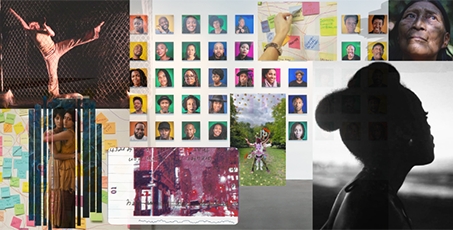 Creative ResearchThe Initiative supports and highlights research in all modalities, present and imagined - encouraging curiosity, investigation, and entrepreneurism, through advocacy, grant planning, mentorship and funding opportunities.
Creative ResearchThe Initiative supports and highlights research in all modalities, present and imagined - encouraging curiosity, investigation, and entrepreneurism, through advocacy, grant planning, mentorship and funding opportunities.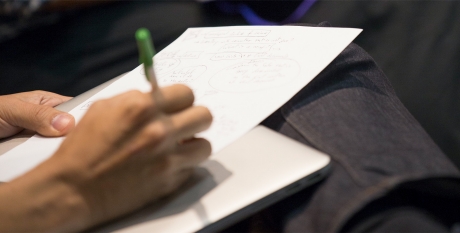 Center for Research & StudyThe Center gathers three departments at Tisch that focus on the study and creation of theory, history, critical thinking, and social analysis of live performance and screen-based art.
Center for Research & StudyThe Center gathers three departments at Tisch that focus on the study and creation of theory, history, critical thinking, and social analysis of live performance and screen-based art.